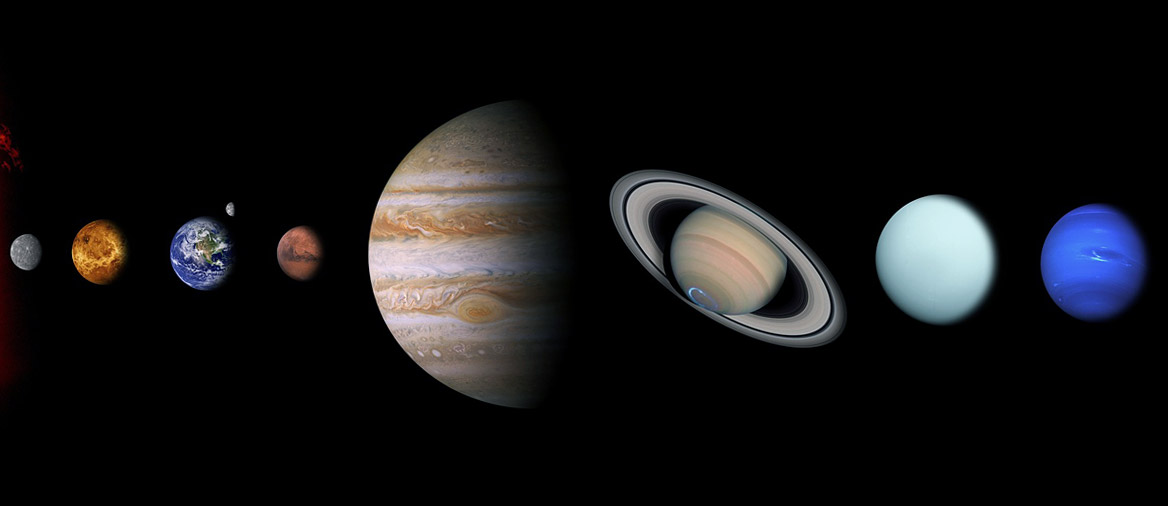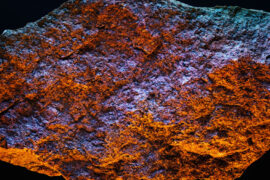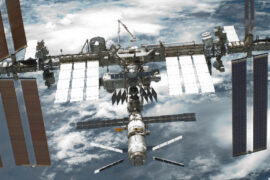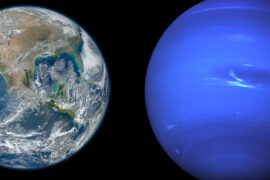The interest in space exploration has seen an important resurgence in recent years thanks to the efforts made by NASA and private space agencies like SpaceX to get us dreaming again about colonizing planets and re-exploring the Moon.
When we think about exploring these new worlds, one of the first questions that come to mind is if humans can live there. Let’s cut to the chase and answer that question simply.
Which are the habitable planets in the solar system?
Earth is the only habitable planet in the Solar system that we know of for sure. There are multiple reasons for this.
- It is the only planet that can support liquid water on its surface
- It is the only planet inside the Solar system’s habitable zone (goldilocks zone)
- Earth’s atmospheric conditions
In order to live on any other planet in the Solar system, humanity will have to make use of science and engineering to develop the technology that could allow us to visit other planets. Things like spacecrafts, spacesuits, life support systems, water collection methods, and habitats will be necessary for us to step on another planet.
But let’s take a step back and analyze what makes a planet habitable in the first place.
What is a habitable planet?
A planet is considered habitable when it has the conditions and environment to potentially support life. If that answer seems a bit vague is because it is. We only have a sample size of one planet (Earth) where we know that life exists. Because of this, knowing what is the range of conditions where life could potentially develop is hard as we don’t even fully understand how life on Earth began.
A planet does not need to contain life to be considered habitable, it just needs to have the conditions to potentially develop it either by a “primordial soup” type of situation or through panspermia (life forms coming from somewhere else in a meteorite).
It is also not necessary for a planet to be in the habitable zone of its star system to be considered habitable. The habitable zone (or goldilocks zone) is an area around a star with a planetary system (like the Solar system) where the planets have to be located in order to support liquid water on its surface. It is called that because having water on its surface greatly increases the probability that a planet could be hospitable to life.
It is also important to note that a planet being habitable doesn’t necessarily mean it is habitable to humans. Even if a world can support life forms this doesn’t mean we could just easily walk around on it. Our bodies have specifically evolved for the atmospheric and gravitational conditions of Earth. Even relatively minor changes in atmospheric pressure could mean that our lungs wouldn’t be able to exhale, or a different air composition could make the air toxic for us.
So, in summary, a planet is considered habitable when it has the potential to support life even if it doesn’t have any life forms yet.
Habitability factors
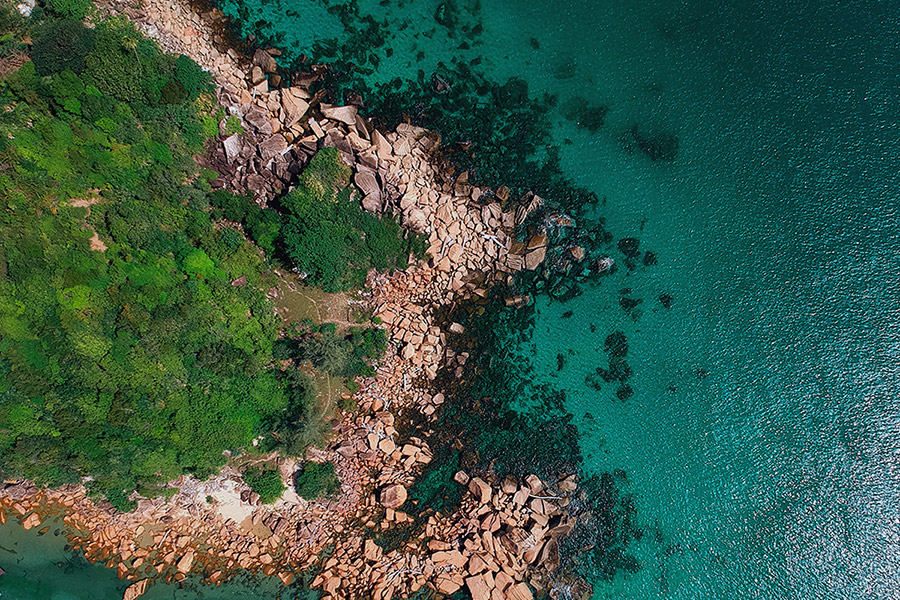
Whether a planet is habitable is not a yes or no question. It is more of a measure of its ability to support life-based on multiple factors.
The characteristics that are considered for this are the following:
- The ability of the planet to support liquid water
- Past or future quantities of ice
- Characteristics of the water (or ice) such as salinity, and pH
- Availability of essential nutrients (Carbon, hydrogen, oxygen, nitrogen, phosphorus, sulfur)
- Low abundance of heavy metals otherwise the environment becomes too toxic (Zinc, copper, nickel, arsenic, etc)
- Access to solar energy
- Geochemical energy agents (oxidants, reductants, redox gradients)
- Temperature and temperature fluctuations
- Atmospheric pressure
- Levels of galactic cosmic radiation
- Levels of ultraviolet irradiation
- Climate
- Substrate
- Concentration of CO2 in the atmosphere
It is important to note that this is based on everything we know about the requisites that carbon-based life forms like us need to thrive. It is entirely possible there could be other types of life forms that could exist in other environments – for example, some scientists theorize silicon-based life forms – but that is in the realm of science fiction for now.
Habitable planets in the Solar system
Are Venus or Mars habitable? How about any of the other planets?
Let’s take a look at each of them individually to figure out the reasons why they could or could not be hospitable for life. In order from closest to the farthest from the Sun.
Mercury
Mercury is too close to the Sun. This works against its chances to support life in many ways. For starters, it is too hot, its surface can reach temperatures of 427°C (800°F). This makes it impossible for its surface to support liquid water as it would immediately evaporate. But not just that, Mercury is constantly bombarded by strong Solar winds that strip away its atmosphere, making it almost nonexistent.
Verdict: Is Mercury habitable? No.
Venus
Venus is far enough from the Sun to be able to have a dense atmosphere. There is a problem with it though, its atmosphere is TOO dense. This is because Venus went through a greenhouse effect due to its atmosphere being mostly CO2 (carbon dioxide). This trapped all the heat in the planet, making its surface a living hell. As a matter of fact, Venus is the hottest planet in the Solar system. As with Mercury, this also means that no liquid water can exist in it.
Verdict: Is Venus habitable? No.
Mars
Mars is the best candidate (other than Earth, of course) in the Solar system when it comes to being able to support life. Even though it is thin, It has an atmosphere. Its temperatures, while extreme, do not make it impossible for it to support water, and as a matter of fact, if recent discoveries are correct, it is very likely it does have liquid water, if not on its surface, right below its icy poles at least. There’s still a lot more to learn about Mars which is why it is our main target of research when it comes to space exploration, but for now, we can’t completely discard the possibility that Mars could potentially host life, even if it’s micro-bacterial in nature.
Verdict: Is Mars habitable? Maybe.
Jupiter, Saturn, Uranus, Neptune
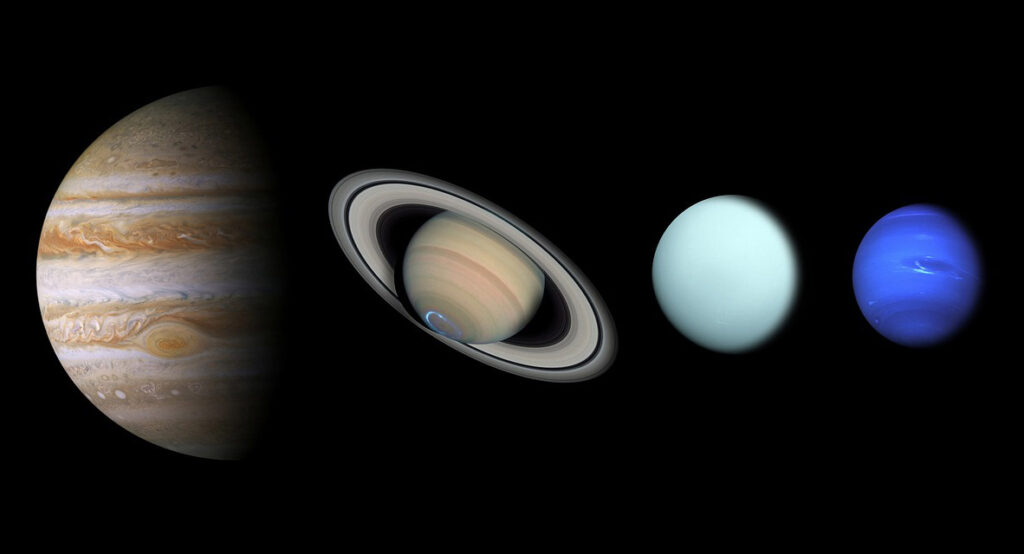
These four planets are all gas giants, which means they do not have a solid surface. This obviously means they couldn’t have seas of liquid water. Even though they all have atmospheres, none would be very friendly for life. Add to that high pressure, furious winds, storms, and extremely cold temperatures, and the conditions for life as we know it are simply not there in any of these gas planets.
Verdict: Are the gas giants habitable? No.
Summary
- The habitability of a planet is measured by a few factors which include liquid water reserves, ice reserves, atmospheric composition, and nutrient existence, among others.
- Earth is the only planet in the Solar system that is habitable for sure.
- None of the other planets in the Solar system are likely to be habitable maybe with the exception of Mars, and even then the odds are not high.

